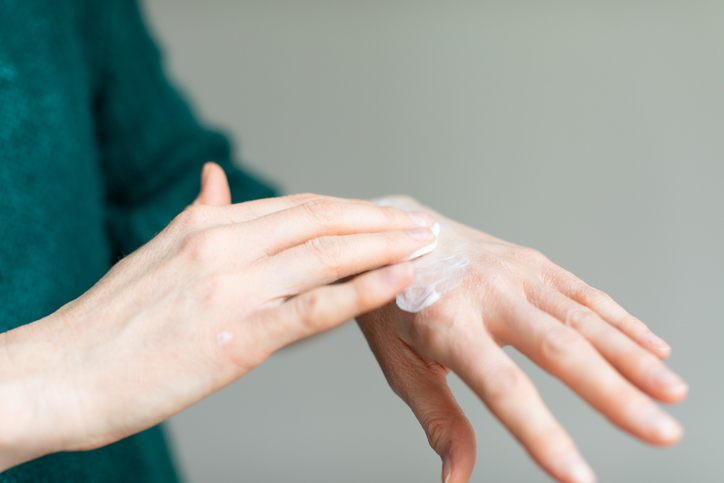
Shingles and chickenpox are both caused by the same virus; although they are different conditions, they do both manifest as a rash. Most people have chickenpox as children, the virus then lies dormant in the body, but it can reactivate and cause shingles. It can last as long as six weeks, and there is no cure, but there are some treatments that can help. Keep reading to learn more about the home remedies that can help.
Are Shingles Contagious?
Chickenpox is incredibly contagious, hence why ‘pox parties’ used to be popular, whereby all the neighbourhood mums would get their kids together with an infected party so that they would catch it. Can the same be said for shingles? Shingles are not necessarily contagious in that they can’t spread from one person to another. That being said, the virus which causes shingles is contagious, especially in the rash stage. The virus can pass to another person, which could lead to them developing chickenpox if they’ve never had it before.
Baths
Cleaning the blisters daily in a cleansing bath can reduce the risk of spreading the infection further. Try to stick to cool bathes because they are more soothing, and they can also calm the itchiness too. Oatmeal or bicarb baths are also said to be a great way to reduce symptoms. A teaspoon of bicarbonate soda can be added directly to the bath. For an oatmeal bath, you should fill a sock or tights with oatmeal and place it into the bath. Use lukewarm water; hot water can worsen the blisters. Clean your towel after every wash to avoid spreading the rash.
Cold Compresses
As mentioned above, cooler temperatures can relieve some of the symptoms associated with shingles. However, sitting in a cold bath already is not the most realistic solution, especially if the rash is localised to a small area. Instead, you might want to try cold compresses. Soak a cloth or a flannel in cool water and apply it to your rash. You should never apply an ice pack because it can worsen the pain.
Other Treatments
There are several topicals that you can apply to your shingles blisters in order to relieve the painful itch. Calamine lotion is particularly popular. Other people prefer baking soda pastes. However, you can also buy over the counter shingles relief cream. Read reviews before you buy, and if you have any concerns, conduct a patch test, or get in touch with your doctor. Painkillers can really help if you find your shingles sore or uncomfortable. Antihistamines can also really help if you are finding the itch unbearable. Patient has more information on shingles, the causes and how to deal with them, so check them out.
The Takeaway
While it is entirely possible that natural remedies will work for you and help you deal with your shingles, they aren’t for everyone. Remember that there is not a cure for shingles; you simply have to let the virus run its course. If you are struggling, then don’t suffer at home. Seek medical help. Otherwise, it is worth trying out these home remedies in an effort to decrease the irritation and alleviate your discomfort.
Leave a Reply